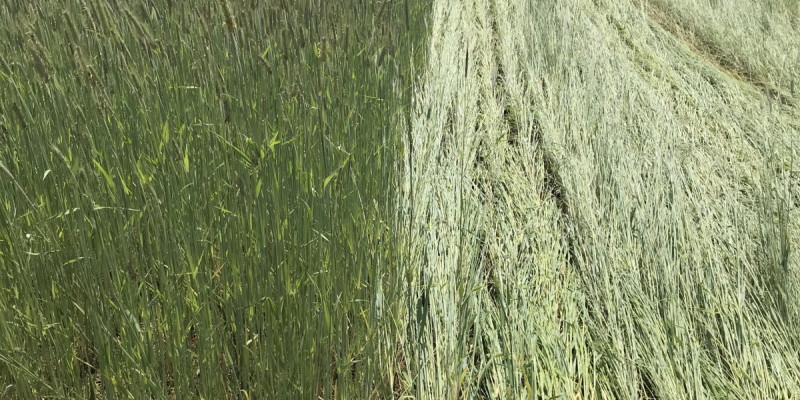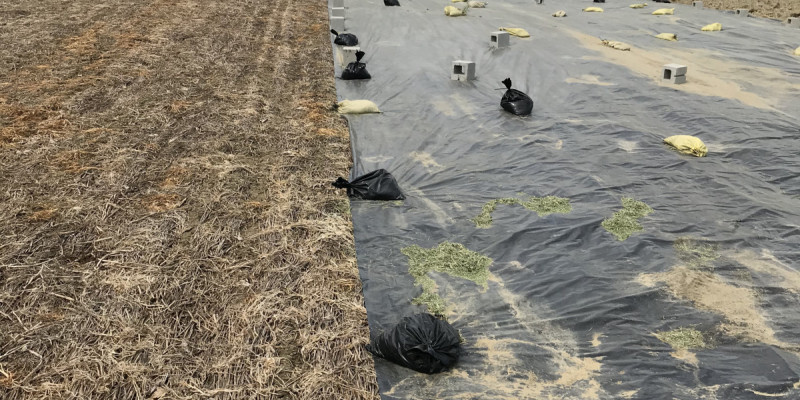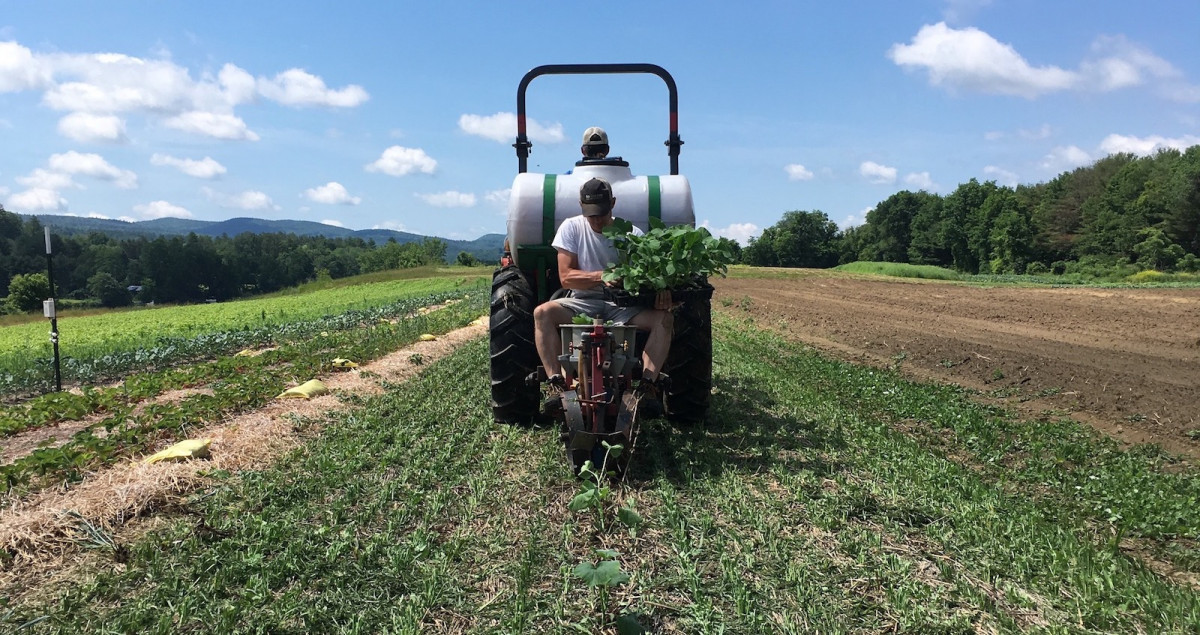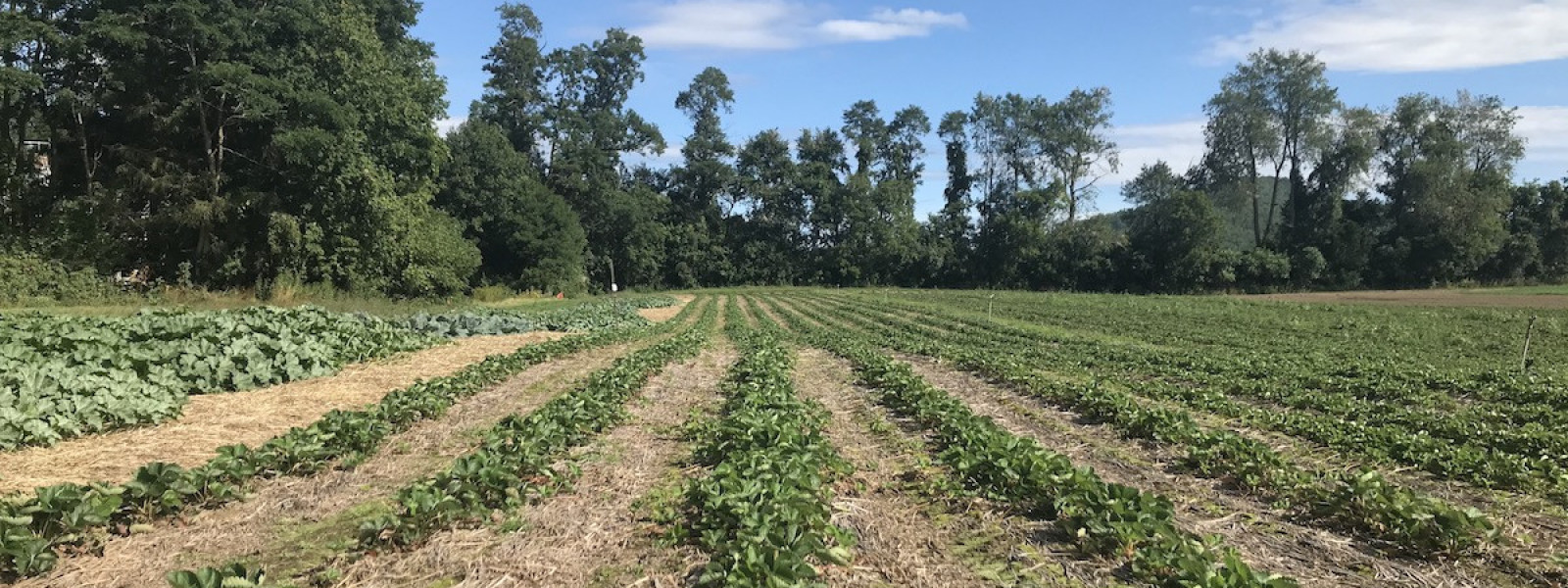No Till Strawberries
You may have noticed while picking this week that it looks like we have a path splitting down the middle of the strawberry patch. This is because the ten rows on the west side are our very first crop of no-till strawberries! We have been working towards this crop since we first set out on our no-till exploration in 2015 and we are excited to share what we have learned.
Tillage offers a farmer an extraordinary ability to control all sorts of variables in a field. They can incorporate fertilizers, clear the field of weeds, and create a soft bed that is easy to plant into. At any time, with a few passes of a tractor, a farmer can create a clean slate to grow crops on. However that tillage comes at a significant cost to the health of the soil.
Tillage offers a farmer an extraordinary ability to control all sorts of variables in a field. They can incorporate fertilizers, clear the field of weeds, and create a soft bed that is easy to plant into. At any time, with a few passes of a tractor, a farmer can create a clean slate to grow crops on. However, that tillage comes at a significant cost to the health of the soil. Tillage disrupts the natural soil ecosystem in a number of ways: it destroys the little spaces between grains of mineral soil and the soil organic matter where air and water mix —essentially destroying the soil microbes’ habitat. Tilling also allows for a burst of oxygen to microbes, providing them fuel to break down stable soil organic matter that may have taken tens of thousands of years to build up. This, in turn, increases the carbon dioxide released into the atmosphere. I could go on but there are probably too many effects on soil health to list, needless to say we feel a strong imperative to try to find a way to farm without tillage.


In place of tillage to create our clean slate we use cover crops! Cover crops are typically planted on a field in between the times that we are growing vegetables to sell so that the soil is covered with live plants. Here, they are still keeping the ground covered while they are growing, but they are also growing the biomass necessary to cover a field with a dense mulch, while pumping organic matter into the soil through their roots. Left photo
Our process involves growing several rounds of cover crops worth of plant material that we push down and kill with a special tool called a roller-crimper. Once these crops are rolled down (with a little extra help from the frost and snow in the winter) we have our clean slate to work with; a fertilized, weed-free field with the soil intact, and the soil ecosystem undisturbed. Right photo
Lastly, in the absence of a nice fluffy bed to hand plant into, we use a special tool called a no-till transplanter. This tractor implement cuts a narrow furrow into which a plant is deposited, then two press wheels close the furrow behind the plant. There is still disturbance in the soil of course but the impact is greatly minimized.

There is still much to learn and a number of tricky challenges as we scale this no-till process up to larger fields and a greater variety of crops but we are very excited about the progress we have made (and the taste of this first crop of strawberries). As always feel free to send an e-mail to the farm if you are interested in learning more, and enjoy the picking!
By Tim Harper







